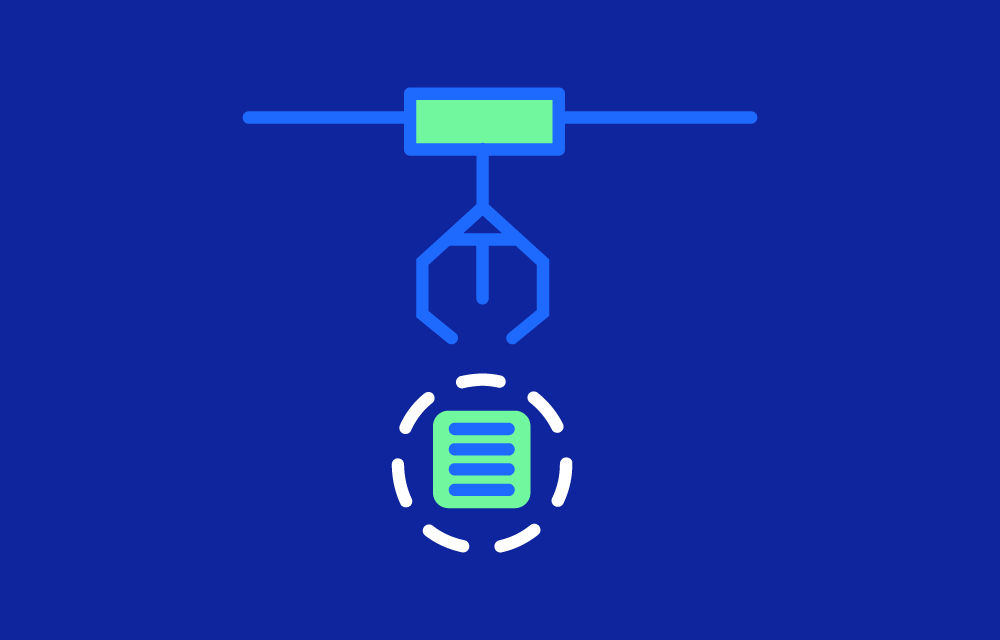How the Kubernetes Scheduler Works
The Kubernetes scheduler operates in two key phases: filtering and scoring. Here’s a breakdown:
- Filtering:
- The scheduler identifies nodes that can run the pod based on resource requests (CPU, memory, ephemeral storage) and constraints like node affinity, taints, and tolerations.
- Scoring:
- Each eligible node is scored based on various factors, such as resource availability, topology preferences, and workload distribution. The node with the highest score is selected for the pod.
Once a node is selected, the scheduler binds the pod to it, enabling the kubelet on the node to start running the pod.
Key Features of the Kubernetes Scheduler
- Resource Awareness:
- Ensures pods are scheduled on nodes with sufficient resources to meet their requests and limits.
- Custom Policies:
- Supports advanced rules like node affinity, anti-affinity, and custom scheduling policies.
- Extensibility:
- Allows users to implement custom schedulers for specific workloads or requirements.
- Preemption:
- Enables higher-priority pods to displace lower-priority ones when resources are scarce.
Why the Kubernetes Scheduler Matters
The scheduler plays a vital role in the performance, reliability, and efficiency of Kubernetes clusters:
- Optimized Resource Utilization: Ensures that workloads are distributed evenly, avoiding resource contention.
- Improved Performance: Places pods in optimal locations to meet application requirements.
- Scalability: Manages dynamic workloads and cluster expansions effectively.
- High Availability: Supports policies to spread workloads across failure domains, enhancing resilience.
Challenges with the Kubernetes Scheduler
- Resource Contention:
- Overloaded clusters can lead to pods being unscheduled due to insufficient resources.
- Complex Configurations:
- Advanced rules like affinity and anti-affinity require careful planning to avoid conflicts or inefficiencies.
- Debugging Scheduling Decisions:
- Understanding why a pod wasn’t scheduled can require detailed investigation of scheduler logs and metrics.
- Limited Scope for Specialized Workloads:
- The default scheduler may not accommodate highly specific workload needs, such as GPU-intensive applications or time-sensitive jobs.
Open Source Alternatives to the Kubernetes Scheduler
For specialized or advanced scheduling requirements, several open-source alternatives offer capabilities beyond the default Kubernetes scheduler:
- Volcano:
- What It Can Do: Designed for batch and high-performance computing (HPC) workloads, it offers advanced job scheduling features like task queueing, resource fairness, and dependency handling.
- Why It’s Better: Ideal for parallel computations or workflows requiring tightly coordinated tasks, which the default scheduler struggles to handle.
- Kube-scheduler Plugins:
- What It Can Do: Allows custom plugins to modify or extend scheduling logic, such as incorporating custom metrics or complex affinity rules.
- Why It’s Better: Provides fine-grained control over scheduling decisions without needing to replace the scheduler entirely.
- Poseidon/Firmament:
- What It Can Do: Uses a flow-network-based scheduling algorithm to optimize resource allocation dynamically.
- Why It’s Better: Excels in scenarios with frequently changing workloads and resource demands, offering more efficient placement than the default scheduler.
- YuniKorn:
- What It Can Do: A unified scheduler for big data and Kubernetes, focusing on resource sharing, multi-tenancy, and workload fairness.
- Why It’s Better: Perfect for clusters running mixed workloads, such as Spark jobs alongside Kubernetes pods, where fairness and multi-tenancy are critical.
- Scheduler Simulator:
- What It Can Do: Simulates scheduling decisions to test and optimize policies in complex environments.
- Why It’s Better: Enables organizations to evaluate the impact of scheduling changes before applying them to production.
Advanced Scheduling Concepts
- Node Affinity and Anti-Affinity:
- Affinity ensures pods prefer certain nodes.
- Anti-affinity spreads pods across nodes to improve fault tolerance.
- Pod Affinity and Anti-Affinity:
- Defines relationships between pods to optimize performance or resilience.
- Custom Schedulers:
- Kubernetes supports multiple schedulers, enabling specialized workloads to coexist within the same cluster.
- Scheduling Framework:
- Provides a pluggable architecture to extend scheduling logic with custom plugins.
Monitoring and Tuning the Scheduler
- Scheduler Metrics:
- Use tools like Prometheus to monitor scheduling latency and other key metrics.
- Logs and Debugging:
- Enable detailed logs to understand scheduling decisions and troubleshoot issues.
- Configuration Adjustments:
- Fine-tune scheduling policies based on workload patterns and cluster requirements.



